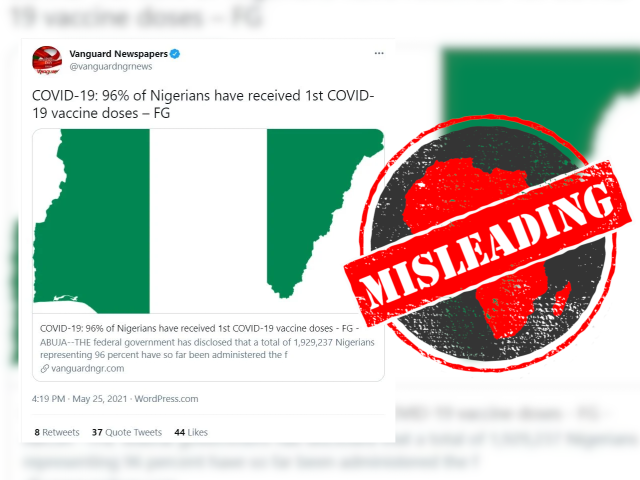The photo shows a full and seemingly chaotic hospital ward with medical equipment lying on the floor next to what looks like a long smear of blood.
Another user posted it on the same day with the comment: “Chris Hani Hospitaal afgelope naweek. So as jy of iemand hospitaal toe wil gaan vir enige operasie of iets wat nie nood is nie moet jy regtig jou kop laat lees.”
That’s Afrikaans for: “Chris Hani Hospital last weekend. So if you or someone want to go to hospital for any operation or something that isn’t an emergency you really need to have your head read.”
The photo also appears in a 16 July blog post, which says: “The condition of this hospital is very worrying and deteriorating on daily basis ... Corona should not used as an excuse towards this disturbing poor heath conditions.”

World’s third-largest hospital
The Chris Hani Baragwanath Academic Hospital in Soweto, Johannesburg is, according to its website, the third largest hospital in the world. It occupies some 173 acres and has about 3,200 beds and 6,760 staff.
“Approximately 70% of all admissions are emergencies, including approximately 160 victims of gunshot wounds per month,” the website says.
Does the photo show conditions at the hospital on the weekend of 11 and 12 July 2020?
Trauma ward in 2018
A reverse image search reveals that the photo is more than a year old. It appeared in Facebook and Twitter posts in late November 2018, identified as the trauma ward at Chris Hani Baragwanath.
The photo also appears in “What happens on a December night at Bara hospital”, a long report on a night City Press journalist Vuyo Mkize spent at the hospital, published on 25 December 2018.
Mkize took a photo of the trauma ward before the start of the night, and it’s clearly the same ward in the Facebook posts – but clean and orderly.
City Press tweeted a comparison between the two photos.
Accidents and domestic violence reach an often alcohol-induced fever pitch during the festive season. @vonchy_19 spent a night at Chris Hani Baragwanath Academic Hospital, the world’s third-largest hospital. Here’s what went down https://t.co/ZZkN1H9J9X pic.twitter.com/PqOImwtygN
— City Press (@City_Press) December 25, 2018
‘Doctors and nurses worked hard to save lives’
“Recently an image showing the hospital’s crowded trauma and resuscitation unit after a ‘chaotic weekend’ – with splatters of blood, foil and pieces of clothing strewn on the floor – raised social media ire when it was shared widely on Twitter,” Mkhize wrote.
“The hospital was at pains to explain that the ward was in that state after doctors and nurses worked hard to save lives. The hospital staff are the first to admit that they are stretched.”
The coronavirus was first identified in China in December 2019, more than a year after the photo appeared online.
And it shows the trauma unit at Chris Hani Baragwanath, which treats traumatic injuries such as gunshot wounds. It does not show the general wards or the intensive care unit. – Africa Check
Republish our content for free
For publishers: what to do if your post is rated false
A fact-checker has rated your Facebook or Instagram post as “false”, “altered”, “partly false” or “missing context”. This could have serious consequences. What do you do?
Click on our guide for the steps you should follow.
Publishers guideAfrica Check teams up with Facebook
Africa Check is a partner in Meta's third-party fact-checking programme to help stop the spread of false information on social media.
The content we rate as “false” will be downgraded on Facebook and Instagram. This means fewer people will see it.
You can also help identify false information on Facebook. This guide explains how.




Add new comment